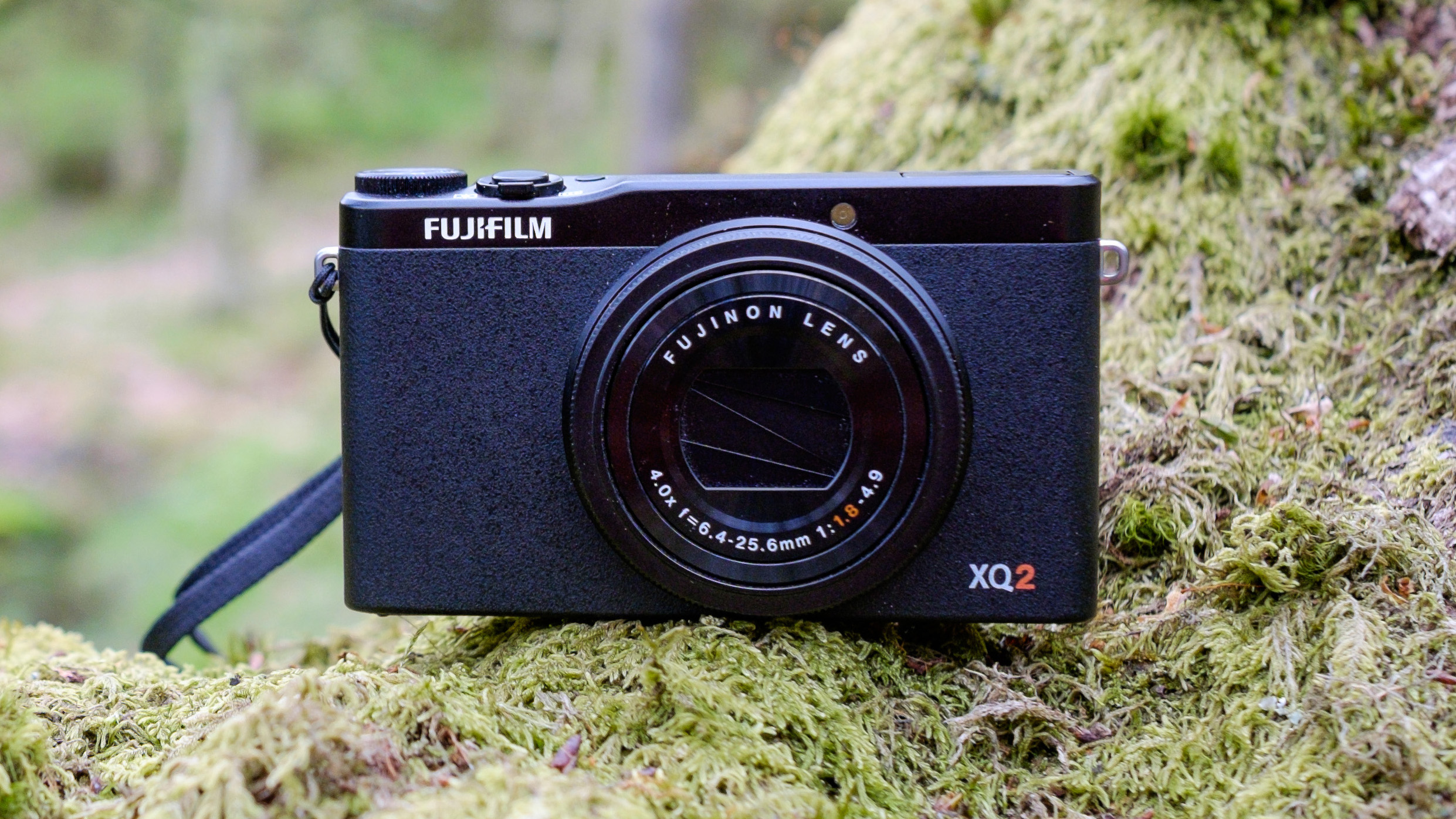Why you can trust TechRadar
The Fujinon F/1.8-4.9 25-100mm (equivalent) lens performs pretty well across its range. Its f/1.8 label is slightly misleading as this setting is only available with the lens at its widest focal length of 25mm, decreasing rapidly towards the maximum of f/4.9 available at its longest end. That said, the quality is surprisingly good at f/1.8, with decent central sharpness, if rather mushy edges. Some chromatic aberration was noticeable in out of focus areas against a white sky, towards the edge of the frame, but this was the only situation in which it was evident.
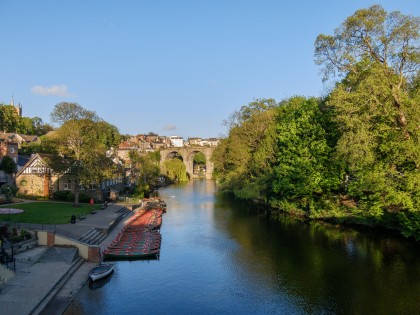
Click here for a full size version.

Click here for a full size version.
At its widest focal lengths, detail towards the edge of the frame is always a little soft, but acceptable for a camera and lens of this kind. Edge performance at normal and telephoto focal lengths is very good, with the sweet spot at all focal lengths appearing to be between f/3.6 and f/5.6. Ideally, you want to avoid going above f/8.0 at the long end of the lens, though all honesty there's no need to because the small sensor achieves plenty of depth of field without needing to resort to the smallest apertures.
In fact, achieving a shallow depth of field is more the challenge with compact cameras and their small sensors. This can be readily achieved with the close focussing macro setting of 3cm, although this is again only available at the widest focal length. There is also a Pro Focus setting (jpeg only) which can produce lovely results, with a sharp main subject and blurred background. However, it's fairly choosy about its subject matter and in many scenes it fails to work, warning you that it 'cannot create effect'. The miniature, soft focus and toy filters are also worth a little exploration, rendering some interesting, even pleasing, effects. Another setting worth trying is the panorama function – it takes a little practice but does a remarkably good job, even with more challenging subject matter.


Click here for a full size version.
There is significant distortion at the wide end of the lens. For JPEG files this is corrected in camera and also on the LCD screen, but raw files remain uncorrected. This means that if you are shooting raw and JPEG files combined, then your preview image will not show you the full frame achievable with the raw file. It also means that you lose a fair bit of width for the JPEG files – auto correction has its benefits, but it's not necessarily required for subjects without obvious straight lines, like landscapes.
The optical image stabilisation works superbly, with sharp shots at speeds as low as 1/4 second readily achievable in calm conditions for those with steady hands. Should you want to use the camera on a tripod, then you can turn off stabilisation in the shooting menu. Auto focus is remarkably responsive and accurate, rarely failing to lock onto its intended subject. It's hard to imagine many people using such a camera for tracking a subject, but the functionality is available and also seemed to work reasonably well. The fact that you can choose from 49 individual AF points is a really valuable feature for enthusiasts, as is the inclusion of focus peaking for manual focus.

Click here for a full size version.
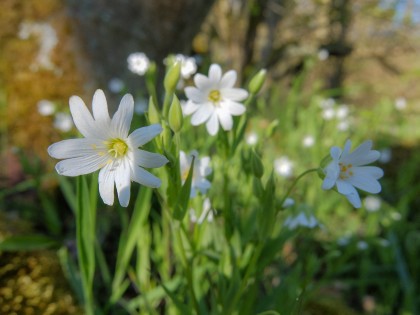
Click here for a full size version.
Most people are likely to use the XQ2's standard multi metering mode and overall this produces pretty accurate exposures, although there is a tendency for the highlights to blow in bright conditions. These can be recovered to a degree in the raw files but are quickly lost with JPEG files and, at times, you may want to dial in negative exposure compensation to allow for this. At lower sensitivities there is enough latitude to open up the shadows somewhat to compensate, without causing excessive noise.
The XQ2's JPEG files have relatively aggressive noise reduction applied at higher ISOs, leaving quite smooth looking photos that start to lack detail at ISO 1600 and above. The raw files still have a reasonable amount of detail even at ISO 1600, although at the cost of considerable noise. ISO 800 still produces pretty clean, detailed files though, if a little noisier in the shadows.
I found the auto white balance setting pretty accurate, perhaps verging on the cool side (and in particular in overcast or shady conditions) but typically warmer than setting the camera to 'fine' (daylight) balance. On the other hand, the 'shade' WB setting seems excessively warm and is probably best avoided. The choice of film simulation mode is very much down to taste, although the Astia Soft setting seems to give beautifully fresh Spring greens. The default Provia setting gives very natural and pleasing colours.
ISO (sensitivity) comparison
We checked the Fuji XQ2's ISO/noise performance using our standard test subject under controlled lighting and across the camera's ISO range. The two close-up images below contrast the performance at the lowest setting, ISO 100, and a high ISO of 6400.
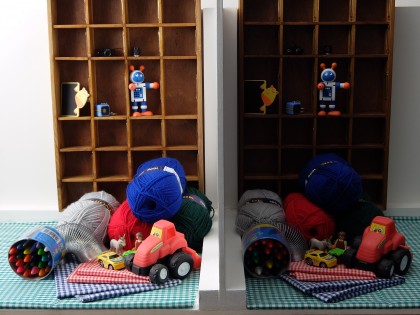

ISO 100: Click here to see the full size image.
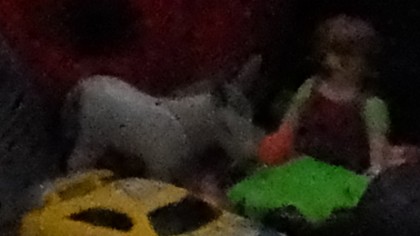
ISO 6400: Click here to see the full size image.
We liked
A well made and truly pocketable camera, intuitive, a delight to use, yet with plenty of features and full manual control. A camera that you would happily take everywhere, with a good zoom range, and one that produces very pleasing files.
We disliked
Image quality perhaps not quite there for demanding enthusiasts, at least at the wider end of the lens. F/1.8 is available only at the widest zoom setting, and dynamic range is a little limited with highlights being lost relatively quickly and shadows becoming noisy at higher ISOs.
Verdict
The Fuji XQ2 is undoubtedly a lovely little camera to use. It feels well made, is comfortable in use and is likely to be enjoyed by both enthusiasts and more casual photographers wanting a small and user friendly 'point and shoot' camera. Where image quality is concerned, there's no doubt it lacks the class leading performance of the Sony RX100 series. However, set against that, it is a far more intuitive camera to use, feels more comfortable in the hand, and benefits from Fuji's excellent film simulation modes and resulting pleasing colours. It is also considerably cheaper.
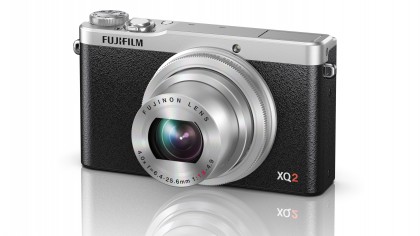
As well as the fixed screen performs, many of its competitors now enjoy touch screen technology and/or tilting screens. Not having these things will undoubtedly deter some potential buyers.
The XQ2 is certainly a good buy. It performs well in all areas and offers enough features for most users. However, some will be swayed by the extra features available in the competition and, whilst the larger sensor size gives it an edge over many compact cameras, the shadow of the Sony RX100 looms large for those wanting the best possible image quality – both in terms of dynamic range and resolution and detail. Yet one can't help coming back to the fact that is is such an enjoyable camera to use.
